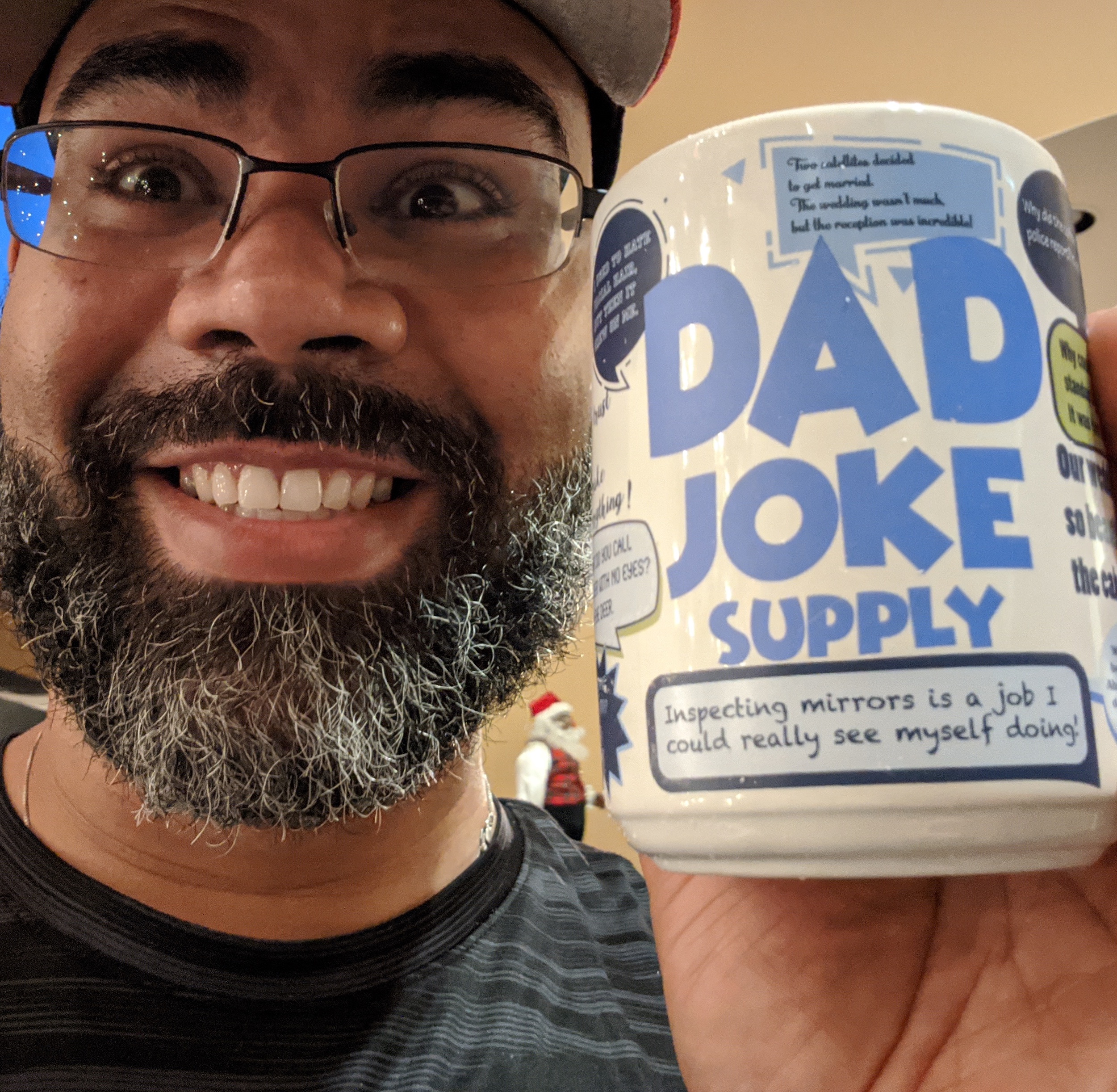Learning Objective-C for me is about learning how to read the code in comparison to other languages I know. Here is what I know so far about classes.
I may say this in all of my posts but this is just weird to me. I won’t get long winded here but I do want to post a few examples. Keep in mind I’m posting these as I learn so there is a lot of knowledge to be had. With that said, you might see me do a part 2 of this post clarifying something I may have posted here.
Classes
I believe there is another way but for now I’m going to state how it is, at this point, in the book I’m reading.
//imports
@interface Name: ParentClass
{
//properties
type variable
type variable
type variable
...
}
//methods
(scope) (return type) methodName;
(scope) (return type) methodName;
...
@end
@implementation ClassName
(scope) (return type) methodName
{
//do something
//return variable;
}
(scope) (return type) methodName: (var type) varName
{
//do something
//return variable
}
@end |
This is the core structure but what I expect is to not have to define an interface in the class file. This way we can create interfaces separate and implement in multiple classes. I assume you can but I haven’t gotten that far in the book. (update: found a link here that interfaces as separate files, as expected)
@interface – References the interface section
@implementation – References the interfaces implementation (the class itself)
Scoping
I’m praying there is some form of public, private, protected, etc but so far there are two scopes: – and +. HUH? I know…let me explain. 😉 (update: found a link here that shows the scopes I “prayed” for above)
– denotes instance level methods/variables (in ECMA, someClassInstance.methodName)
+ denotes class level methods/variables (in ECMA, SomeClass.methodName)
Instantiating and Using
//allocates memory for a MyClass instance and returns a new instance of MyClass myClassInstance = [MyClass alloc]; //alloc is a class level method; called on the class only //initializes the class; assuming this is a constructor of sorts myClassInstance = [myClassInstance init]; //init is an instance method; called on instances only |
Note: Extending NSObject gives you the core logic for allocating memory so you don’t have to define it or the init.
That isn’t bad at all. I can read it and understand. What gets me is when you start compounding method calls. The above can also be written like this:
myClassInstance = [[MyClass alloc] init]; |
The order is [inner] to [[..] outer] so allocate first then call init. In ECMA terms:
myClassInstance = new MyClass(); |
🙂 I started to write .init() on the end but .init() is the same as the constructor, from what I see. 🙂
The next thing is to call an instance method from a class.
//get instance of class myClassInstance = [[MyClass alloc] init]; //call method on class; void return type [myClassInstance doSomething]; //call method on class; returns int (int) myResult = [myClassInstance getMyInt]; |
In ECMA:
myClassInstance.doSomething();
int myResult = myClassInstance.getMyInt();//java/c# |
var myResult:int = myClassInstance.getMyInt();//as3 |
I’m going to stop here for classes. There is a lot more to go over but this helped me understand some of the code I see here/there and I wanted to blog it so I had a running log of my learning points. More to come.
Update
I tweaked the post to use the language syntax highlighter. It makes it easier to read the code.

